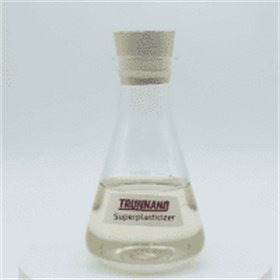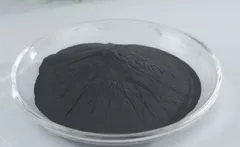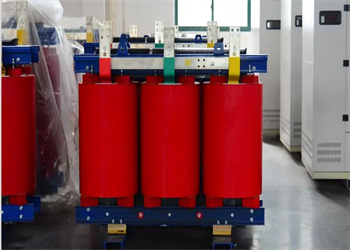High-rise buildings are made of concrete, but they will burn up after a fire. Why? air entraining admixture
Concrete is among one of the most heat-resistant and fire-resistant structure ma...
The application of nano copper powder in copper paste of chip multilayer ceramic capacitors has great advantages sintered copper
Traditional copper powder faces some problems when utilized in a copper paste of...
Lithium Silicates for Concrete Surface Treatment ps104 lithium silicate
Silicate therapy can be used to boost the properties of concrete surface areas. ...
Construction methods of potassium methyl silicate and sodium methyl silicate sodium fluoro silicate
1. Splashing or cleaningIn the case of rough surfaces such as concrete, cement m...
About Cabr-Concrete air entraining agent
(Concrete Admixture)Supplier of Concrete AdditivesCabr-Concrete is a supplier of...
Is waterproof cement really waterproof? nanomaterials and devices
Idea and principle of waterproof cementWater resistant concrete is a concrete wi...
The method and principle of sodium silicate solution removal sodium fluoro silicate
For various types of pollutants, we can adopt different approaches of eliminatio...
Main application areas of nanomaterials magnetic nano materials
1. Electronics and infotechNanomaterials have come to be an indispensable founda...
Supplier of Concrete Superplasticizer PCE Powder redispersible polymer powder uses
(TRUNNANO PCE Powder)Supplier of Concrete Superplasticizer PCE Powder TRUNNANO i...
Green buildings are expected to release $1.8 trillion market opportunities concrete admixture types
The Boston Consulting Team (BCG) and the Globe Economic Online forum recently jo...





